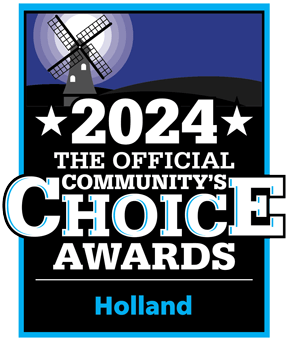During your working years you and perhaps your employer made contributions to your retirement account. You learned the benefit of putting your employment income into a 401k so that you would not pay income tax on it while you had earnings from employment. Rather, when you retired, you would then draw on those funds and pay income tax at a time when you mainly relied on Social Security for your monthly income. But what happens to that retirement account when either you or your spouse find yourself in need of care in your later years? How do the Medicaid rules work for this type of account when skilled nursing care, assisted living care, or in-home care are necessary for the rest of your life?
There are strict assets rules for persons who find themselves in need of Medicaid benefits to pay for their cost of care. Retirement accounts such as a 401k, related retirement accounts, and traditional IRA accounts, are all assets that are taken into consideration for Medicaid eligibility. Whether married or not, a couple or an individual cannot apply for benefits until their total countable assets have been reduced to a very specific level. This would be $2,000 for a single person and somewhere between $25,728 and $128,640 for married persons. The protected spousal amount for a couple is dependent on the total countable assets on the snapshot date or initial asset assessment date.
Here is how a retirement account is impacted in the following scenarios.
Single Person. An unmarried person generally needs to spend-down their entire retirement account as they can only have $2,000 when applying for benefits. It makes sense to keep such funds in a checking account. When distributions are made from the retirement account, they are taxable income unless tax deductions apply. The options are:
- Use the retirement account to pay for the cost of care. A tax deduction may be available.
- Cash out the account and do gift planning such as half-loaf planning.
- Convert the account into an annuity that is acceptable under the Medicaid rules to create a stream of income that will be used each month towards care expenses.
Married Persons. The strategies are dependent on whether the person that needs Medicaid benefits is the owner of a retirement account. The options are:
- If the person that doesn’t need benefits (called a community spouse) owns a retirement account, the funds can be converted to a Medicaid-compliant annuity or put into a sole benefit trust to avoid cashing out the account all at once and to have such funds not count against the protected spousal amount.
- If the person that needs benefits has a retirement account, it can be cashed out so the funds are available for placement in an annuity for the community spouse.
- If the Medicaid applicant or community spouse has a retirement account, it could be kept while filing for benefits if the sum of it together with all other assets does not exceed the protected spousal amount. If the account belongs to the Medicaid applicant then it has to be cashed out within a year of applying for benefits as a married Medicaid recipient cannot have countable assets that exceed $2,000 at the time eligibility for benefits is redetermined.
Retirement accounts make sense for a lot of reasons but can conflict with Medicaid eligibility later in life. You should be sure to discuss how you should plan for the cost of care and what you should do with your retirement funds with an elder law attorney. We would be happy to guide you through this stage of life.







